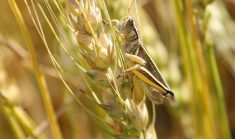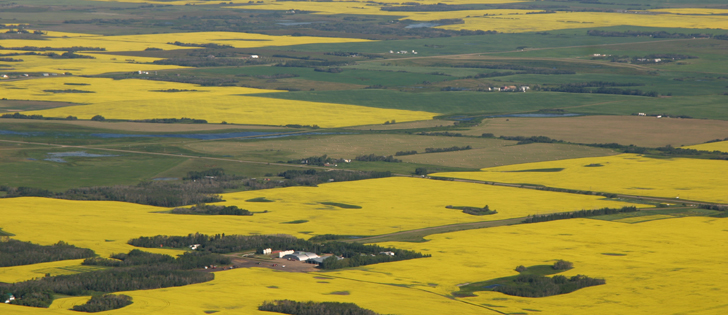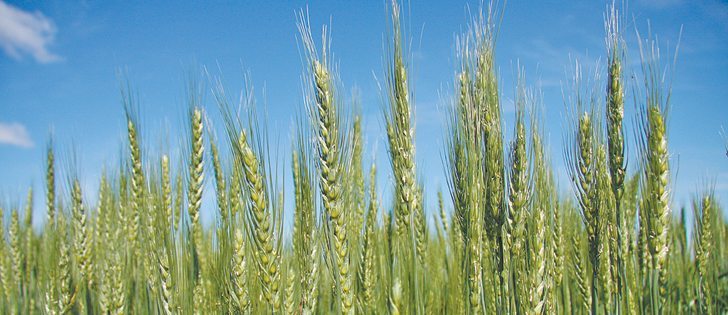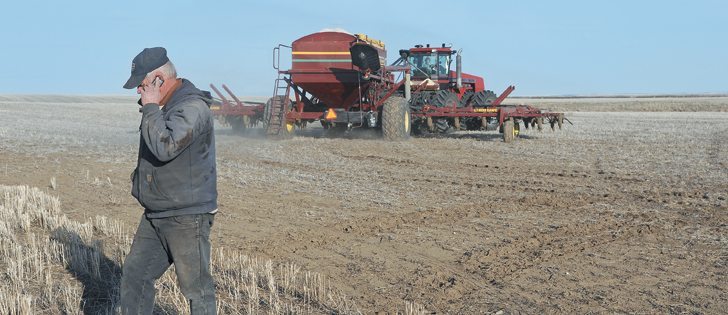SOURIS, Man. — Farms in this area are a mess. And that’s making this year seem worse to many local farmers than 2011, when most seeded zero acres.
Farmers are generally stuck with two types of crops: rotten-looking seeded crops, some of which are OK and others that are saturated and drowned, and massive weed flushes that need to be controlled.
“It’s wet. It’s dirty. It’s going to have to be sprayed. It’s going to have to be cleaned up. It’s a big job,” said Sheldon Betker, who farms northwest of Souris and only got half his 2,700 acres seeded.
Read Also

Farming Smarter receives financial boost from Alberta government for potato research
Farming Smarter near Lethbridge got a boost to its research equipment, thanks to the Alberta government’s increase in funding for research associations.
One of Walter Finlay’s planned canola fields has a lush crop growing right now, but most fields were not seeded and are now a mix of volunteer oats and bulrushes.
“I likely would have been ahead to have not sowed it,” he said of the 850 of his 2,900 acres he managed to seed.
Like most farmers around here, catastrophic saturation has made recent years difficult. The 2011 growing season was an epically bad one that took another year to clean up. Good crops last year aren’t enough for most farmers to make up for two lost years in the last five.
Jamie Kohut, a mixed grain and cattle producer who farms south of Souris on usually drier land, should be reaping rewards from high prices for calves from his 240-cow herd this year. However, a lot of those potential gains are being spent on renting pastures for 130 of the cows because much of his own land is too wet for the animals.
“It’s all under water,” he said. “You can’t see the fence posts.”
He managed to get most of his 1,400 acres seeded, but about 300 of those are now drowned out. Getting them seeded has meant he’s had to try to spray them, which is another troublesome situation for a poor-looking crop.
“I found sloughs yesterday that I didn’t know I had,” said Kohut.
An odd bright spot is his corn crop, which he intends to use for silage for the cattle. It’s looking good and needs to stay that way for him to have adequate feed going into winter. He said farmers relying on hay are “having one heck of a time trying to put it up.”
Massive weed flushes, bulrush invasions, patchy crop stands, soil erosion and stuck farm machinery are some of the immediate problems local farmers face, but others have more complex challenges.
For Finlay, this year’s flood has probably delayed his retirement. He’s been hoping to end his farming career, but every time he gets wiped out by flooding it gets pushed off another year or two. Not only does this year’s situation cripple his income, but it also makes it hard to sell his land.
Land that isn’t producing a crop isn’t easy to sell until someone can see what it can produce and that won’t happen this year. His neighbours aren’t likely to have the money or desire to buy much farmland if they aren’t going to get much of a crop this year.
Long after the local farmland dries up, farmers in southwestern Manitoba are still going to be dealing with a mess of problems.

















